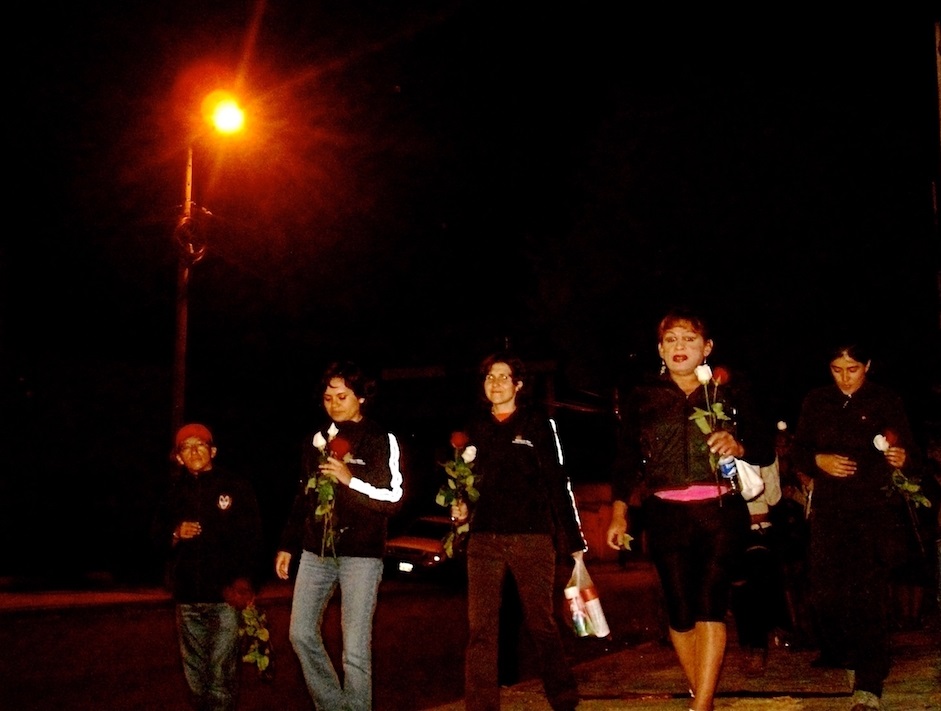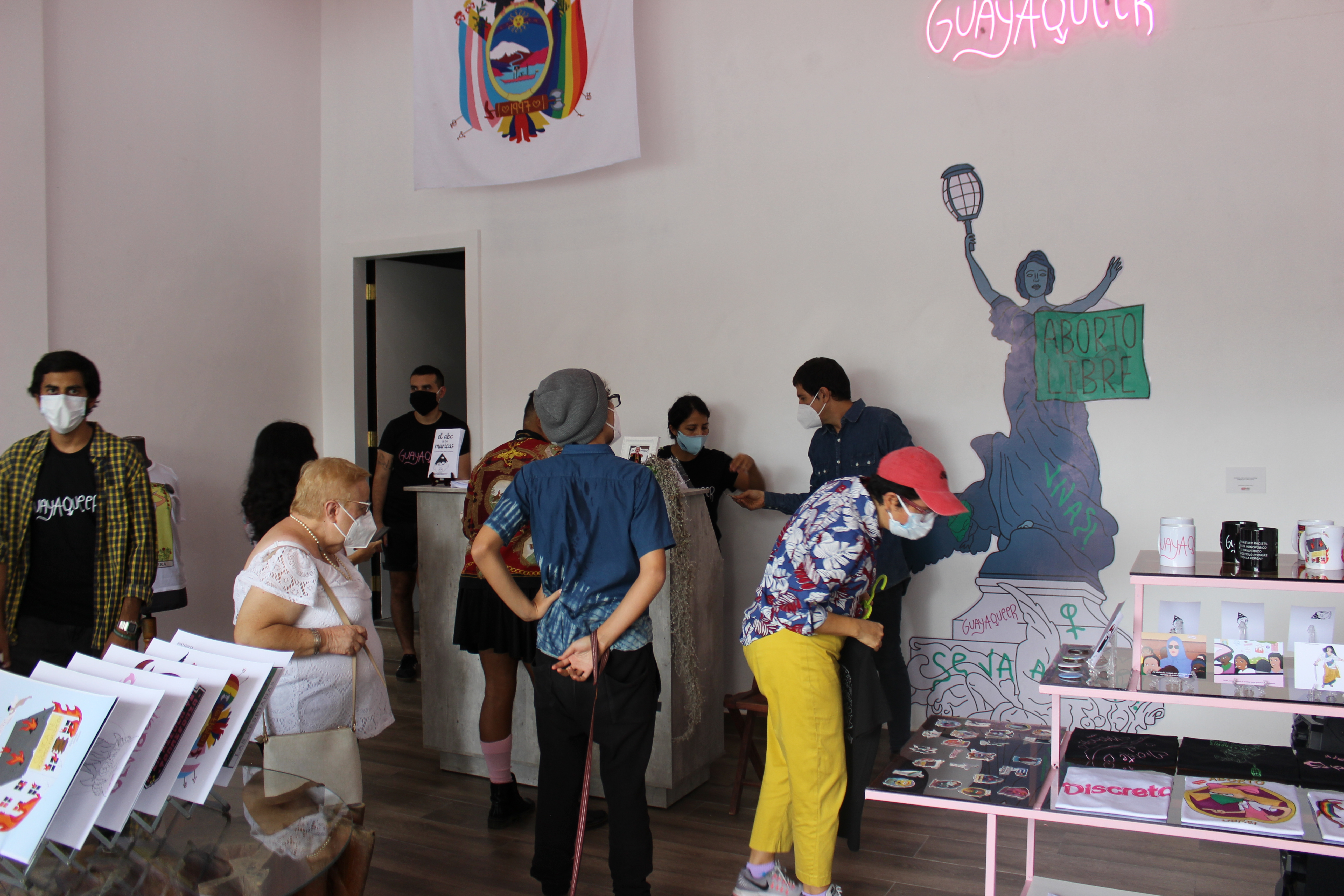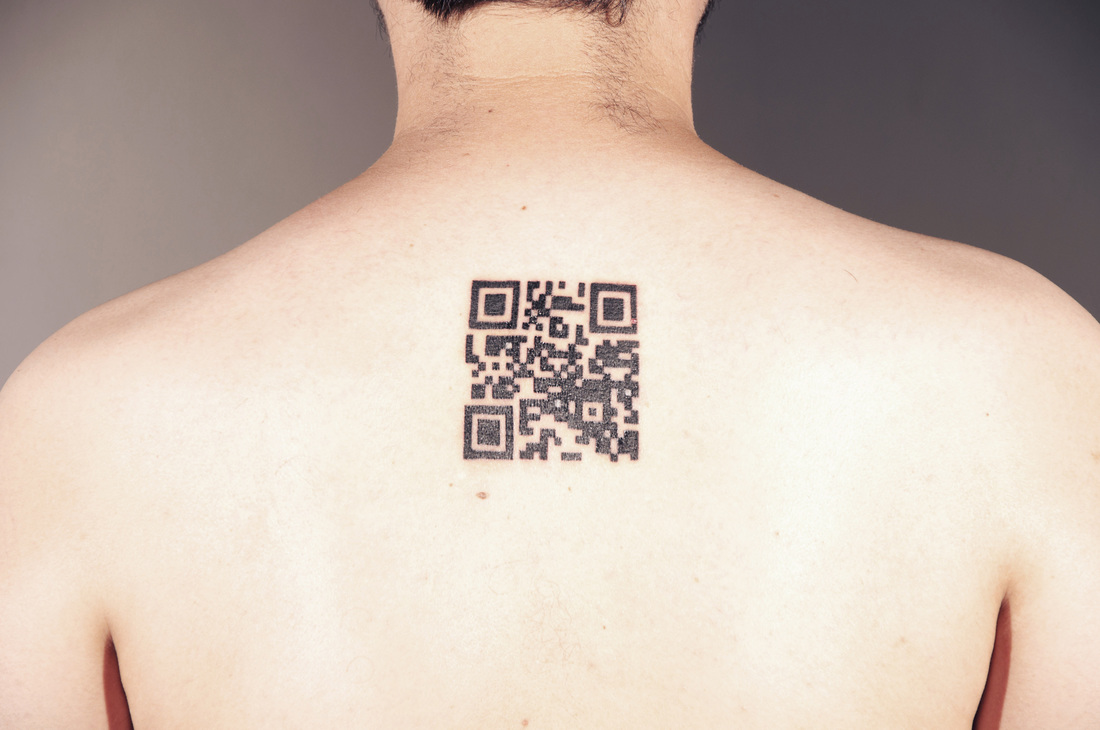Making Life Livable
05/03/2022
When I talk about exploring and mapping, I also mean getting out of the way and getting lost. Ahead in this text, I offer three provocations (projects) to awaken your imagination: to identify forms of cultural programming with bonds to sex-dissident communities; to modify the ways of being together in order to sustain the lives of fellows; to challenge the methodological regulations of the institution to attain the pedagogical implications of sexual dissidence regarding care and ways of weaving a community (...)
Ways to Produce Queer/ Cuir Spaces
What other possible encounters do artistic and activist practices enable between individuals and communities? How do we expand the borders of the habitable world to include those who have been expelled from social life because of their race, gender, social class, or any other specificity? Can we speak of queer/cuir1 methodologies without accounting for the existence of heterosexual ones? How do we understand our ways of doing as ephemeral subjects and our efforts to make and inhabit a world, using heteronormative/institutionalized methodological procedures? How are cuir lives acknowledged as lives and what linguistic or poetic categories exist to affirm/represent their reality?
Around these and other questions regarding certain specific milestones of the "LGBTIQ+ community and activisms and their relationship with contemporary artistic practices and pedagogies," I will seek to review different ways of producing knowledge, research, community mediation, and educational processes to explore the increasingly urgent issue of how we take care of ourselves, our colleagues, our collaborators, and our audiences through work in activism and the arts, within and beyond institutions.
This article considers the changing definitions of activist work and its relationships with art and sexual dissent, in the light of affective economies, care, anger, and love. It examines how recent conceptions of cultural management and activism shift the emphasis of curatorial practices—from looking after objects and collections to producing and managing networks of sociability, collective energies, and professional relationships. While the projects I will present are not managed by curators, they recognize the intersectional nature of curatorship and art. These initiatives have been part of curatorial projects that I have carried out in collaboration with artists, galleries, and museums. Promoting a redefinition of curatorial attention, reallocating curatorial and institutional priorities and resources.
These are ways of doing that arise from affective networks that sustain political, cultural, and sexual communities. I am interested in reflecting on activism and artistic practices in their affective dimension, in order to question the divisions between the public and the private, the affective and the political, on which such distinctions are based, responding to a binary colonial logic.
In any case, for the Spanish philosopher José Luis Aranguren, intimacy is linked to reflection, consciousness, and subjectivity, but also to self-narratives and self-interpretation.2 And this issue seems important to me, since the possibility of telling oneself about one's own life requires a context, an opportunity of time, of concentration, to identify, explore, and map.
When I talk about exploring and mapping, I also mean getting out of the way and getting lost. Ahead in this text, I offer three provocations (projects) to awaken your imagination: to identify forms of cultural programming with bonds to sex-dissident communities; to modify the ways of being together in order to sustain the lives of fellows; to challenge the methodological regulations of the institution to attain the pedagogical implications of sexual dissidence regarding care and ways of weaving a community. Through the following projects, I hope to identify some of the most interesting and useful possibilities of creating the queer/cuir world and the conditions that make life livable. These methodologies, ways of doing, of inhabiting, renounce the heteronormative relationship with knowledge, inviting you to take a walk through unexplored streets and in the wrong direction. They are a way of approaching territories of care, cooperation, and alliances.
Proyecto Trvansgen3ro
Proyecto Trvansgen3ro produces a profound reflection on solidarity, resilience, self-determination, and the need for a new social imaginary. It is a transfeminist organization based in Quito, Ecuador, that works toward equality between women, men, and people of diverse sex-gender status, and for strengthening the trans associative fabric in Ecuador, through political, sociocultural, legal-formal strategies and alternative use of law.
Elizabeth Vásquez, one of its founders, remembers an encounter she had one night, in 2001 (at age 21), with Yelina Fuertes, a trans sex worker and innate activist of the "Lafayette" family. "Lafayette" was the cultural surname of the family of trans fellow sisters to which she belonged, after the hostel where they lived at La Mariscal, which bore the same name. That night, the “Patrulla Legal”3 [Legal Patrol] was born and, later, the Casa Trans.

From the street communities and the relationship with trans sex workers, the proposal to establish a trans house was born, and they did it again via "subversion from within." They chose a middle-class, traditional neighborhood of northern Quito, such as La Gasca, where the trans presence was unthinkable. Casa Trans undertook a three-year process of sensitization with the neighbors until it "transgenderized the neighborhood." Today, the trans presence is part of the landscape of La Gasca.4
For Fabián Tello, current director of the project, the pandemic has been a moment in which the support networks have been strengthened. With projects such as "Puente Solidario" [Solidarity Bridge], it was possible to assist fellow sex workers by delivering food during the hardest time of the confinement. Fabián is a teenage activist—he is 17 years old—and one of his main objectives is to make trans children and teens visible.
The Proyecto Trvansgen3ro image archive comprises photographs that document the trajectory of transfeminism in Ecuador, from the organization's experience. The photographs give an account of the milestones in trans activism: emblematic demands, community-based processes, and proposals for artivism and alternative use of the law.
Centro Cultural Guayaqueer
Guayaqueer made its transition from a virtual design and content space to an independent cultural space, which in addition to a store and bookstore, has a queer cinema program and voguing workshops. On the afternoon of Saturday, June 19 of 2021, the Guayaqueer digital platform became the Centro Cultural Guayaqueer, the first LGBTIQ+ cultural center in Ecuador's main port city. This cultural house located in downtown Guayaquil holds a very important symbolic value for the visibility of diverse realities that resist heteronorm. The headquarters consists of a store and a multipurpose space, which is activated as an exhibition space or a bookstore, where they sell t-shirts, stickers, mugs, coloring books, and pins with illustrations by Guayaqueer. The funds raised from selling these products are a way to generate a solidarity economy for the project to be sustainable and able to give sustenance to its members.
The implications of moving from a virtual space to a physical one make evident the need for the encounter of bodies—even more so in times when a pandemic is stalking us. Víctor García Mejía, a member of the project, mentions that the platform’s audience was already asking for it, people wanted to meet, to plot things together, to transform the city. Guayaqueer mixes, in a subversive and challenging way, queer culture and LGBTIQ+ imagery with popular Guayaquil/Ecuadorian imagery, seeking to flood private and public spaces with ideas, protests, and discomforts. Their illustrations have been key for engaging discussions for the formulation of public policies, government plans, and electoral campaigns, such as the debate on abortion and gender violence. They also contribute in the creation of a more politically participatory society as Ecuadorians linked to sexual dissidence and the LGBTIQ+ community find representation and visibility in this platform.

Nueva Coccinelle Community Hall
On November 28 of 2020, within the framework of Noviembre Trans, through a collaborative and community mediation process with the Nueva Coccinelle collective, the Nueva Coccinelle Community Hall was inaugurated at the Centro de Arte Contemporáneo in Quito. It is an educational and exhibition space that also allows for community articulation. At the same time, it is their temporary headquarters and houses a display of the historical archive of the collective. The Coccinelle collective was among those that actively participated in the decriminalization of homosexuality in Ecuador in 1997. Its photographic and audiovisual archive shows a series of activities carried out in favor of the rights of the LGBTIQ+ communities in Ecuador. It is divided into sections that portray their grassroots work (trainings, alliances, protests), as well as a look inside the collective itself (parties, duels, incarcerations, deaths, and friendships).
In May 2019, the Front of Transfemeninas and Gays of Ecuador 'Nueva Coccinelle' sued the Ecuadorian State for the "grave human rights violations" perpetrated by the criminalization of the LGBTIQ+ community in the country, during the process of decriminalization of homosexuality. Their archive is a record and evidence of the violence, resilience, and sense of community that is built around trauma. In this sense, as Canadian scholar Ann Cvetkovich points out, the archives of sexual dissidence convey the trauma of the history that accompanies sexual life and the formation of public policies on sex. They also reaffirm the role of memory and affection in making up for institutional neglect.5


Today, these memoirs are told from the Centro de Arte Contemporáneo in Quito (CAC). However, the conditions and methodologies with which an art institution opens its doors can sometimes fall short. The normativity and bureaucracy of institutional structures are often unprepared to foster relationships with communities. As philosopher Judith Butler would say, life itself may be extinguished when the path is decided in advance, when we impose what is right for everyone without finding a way to step into a community and discovering there what is right, in the midst of cultural translation.6 In the face of confinement and these new times, the CAC and the museums can exercise a renewed function as social spaces, as spaces for discursive negotiation, not only in terms of representation. And still, they are places that can convey contradiction, in fact, they embody it and give rise to paradox.
In this sense, I would like to mention Spanish educator and museologist Pablo Martínez and his reflections on the constituent museum, which is the one that works with the elements that are outside the museum—some inside, others inside/outside. The groups and collectivities that mobilize and challenge the institution and its logics are those that give us meaning and also those who get angry with us. If the museum becomes a space without external criticism, it is dead.7 Museums have diverse audiences and communities, the Nueva Coccinelle Community Hall is something else, it is what you would call a 'subaltern counter audience,' a combination of complex voices in which negotiations and power balances can somehow reconfigure relations within the museum (...).
If some forms of life—especially those outside heterosexual law—are not recognized as such, which terms or imageries will these people use to name themselves, to recognize and give themselves a place in the world? Moreover, if the existing discourses to name them, recognize them, and allow them to inhabit the social world are loaded with heteronorms, prejudices, and justification of violence, what alternatives does language offer to make the social world a welcoming place, a livable space?
For Proyecto Trvansgen3ro, the Centro Cultural Guayaqueer, and the Nueva Coccinelle Community Hall, to inhabit the world is to understand the fact that one's life is always, in some sense, in the hands of the other. The high state of precariousness and vulnerability experienced by some lives compared to others imposes important obligations on these projects. To critically question the conditions under which it is possible to perceive a life as precarious and to explore ways to reduce such precariousness, so as to encourage a greater persistence and blossoming of that life. In this way, encounters with vulnerability and precariousness have the potential to generate ethical and non-violent responses from art and cultural institutions.
Creating a livable world for human beings means dismantling the rigid forms of individuality. These human efforts that transform realities make life inhabitable, or as Butler would say, make any human life entirely livable.
